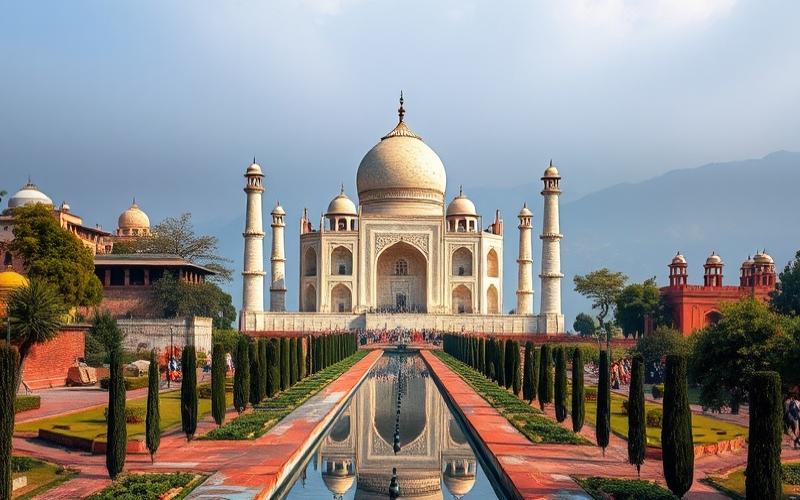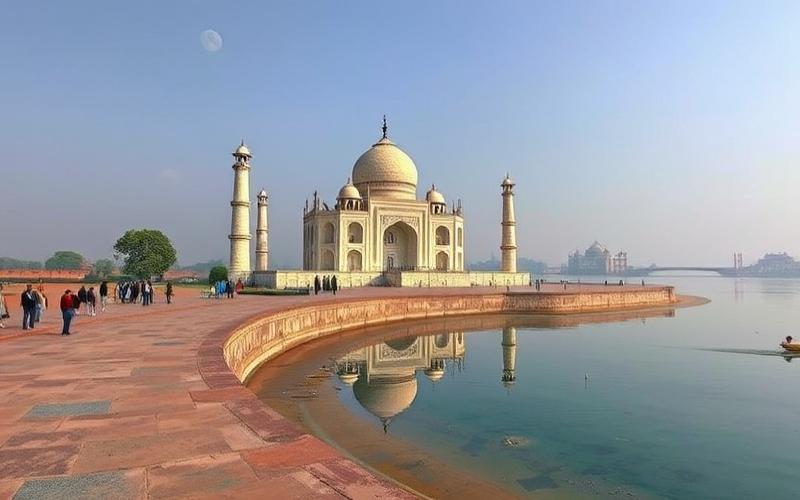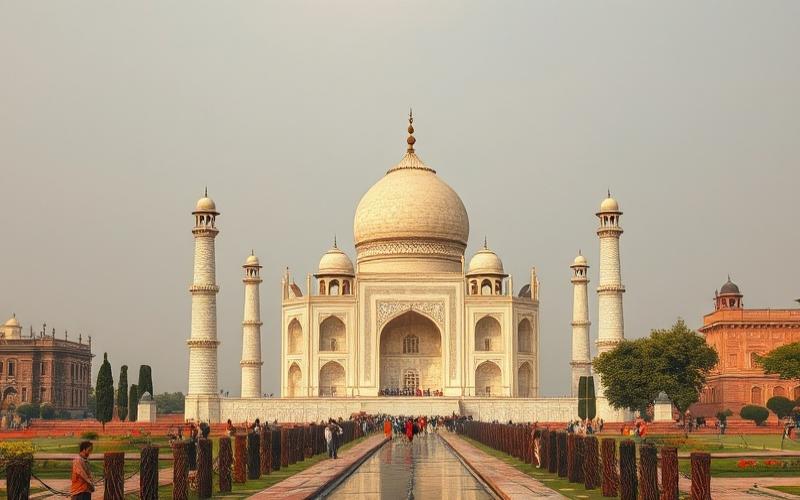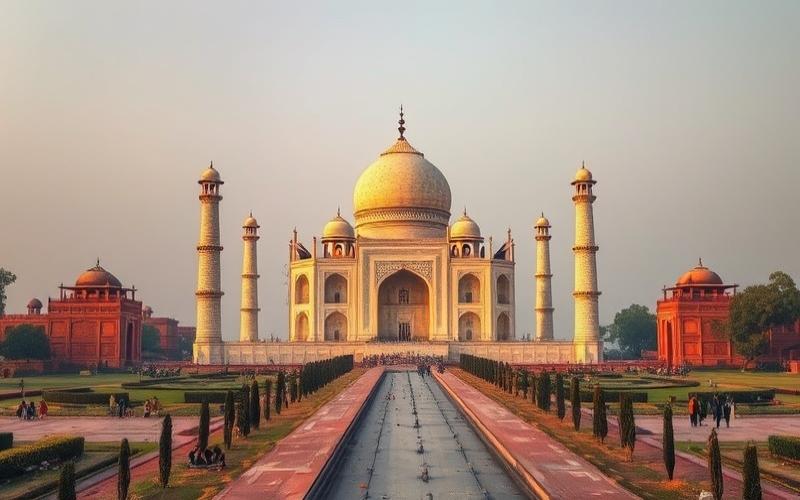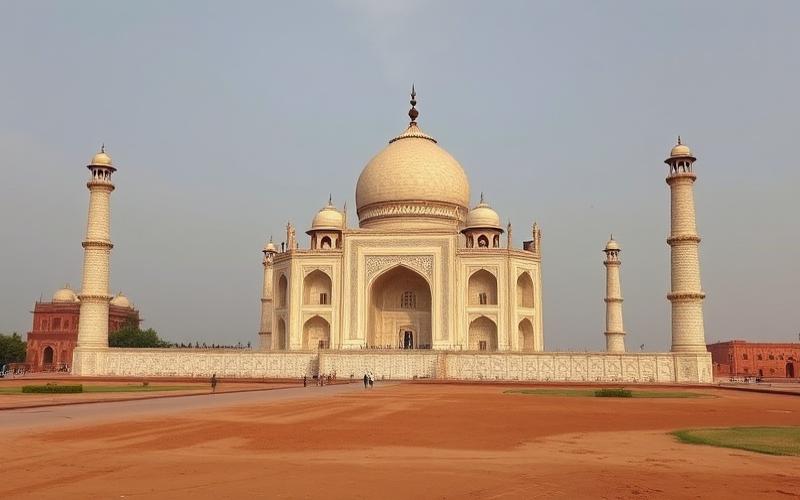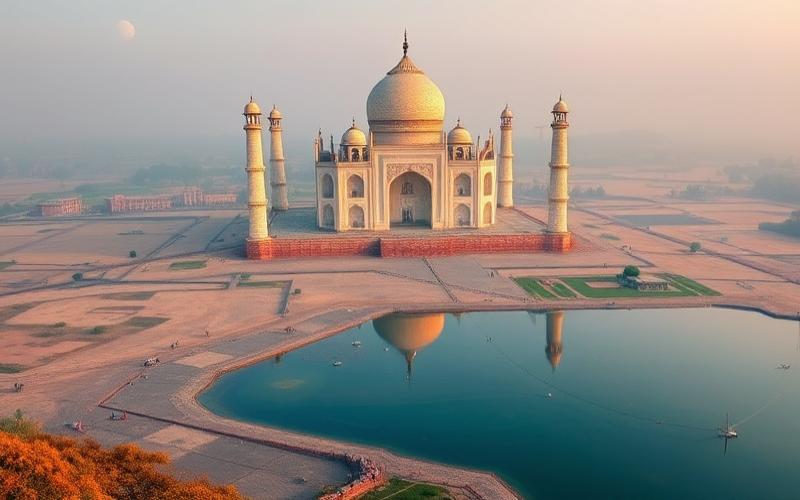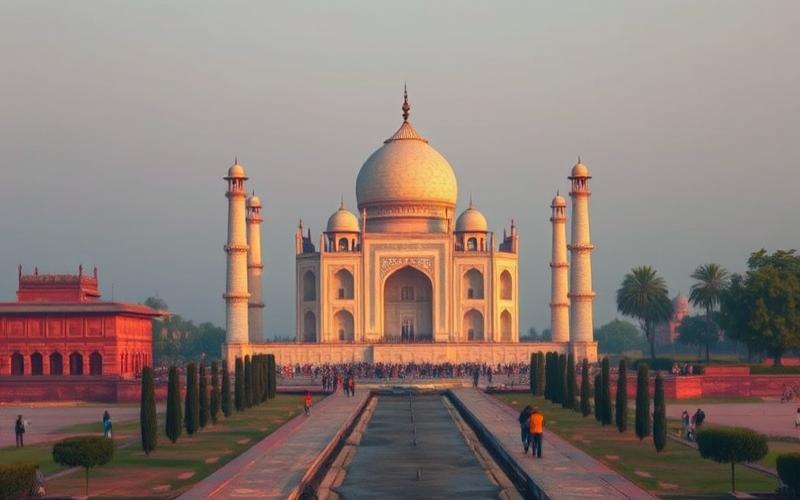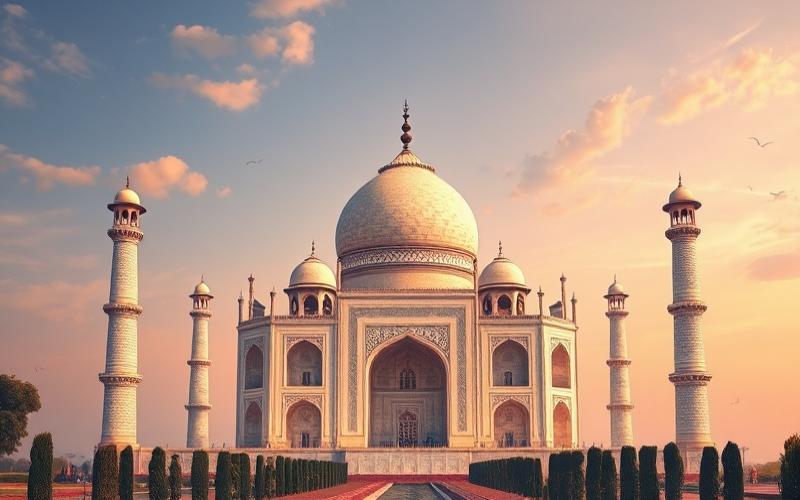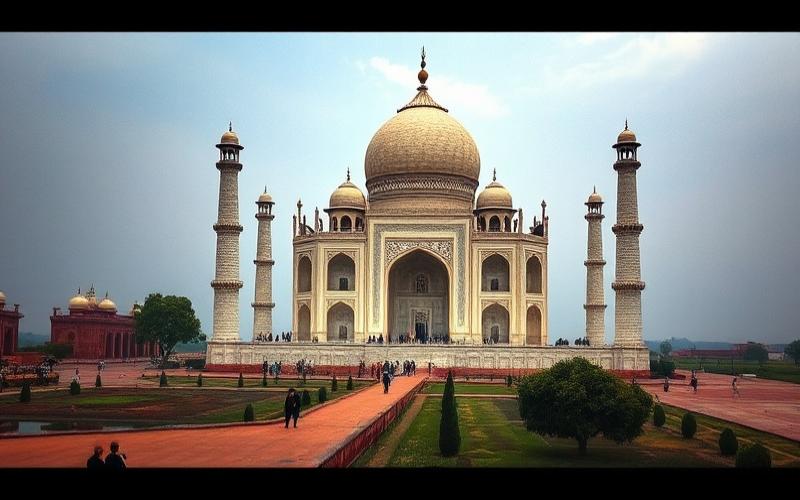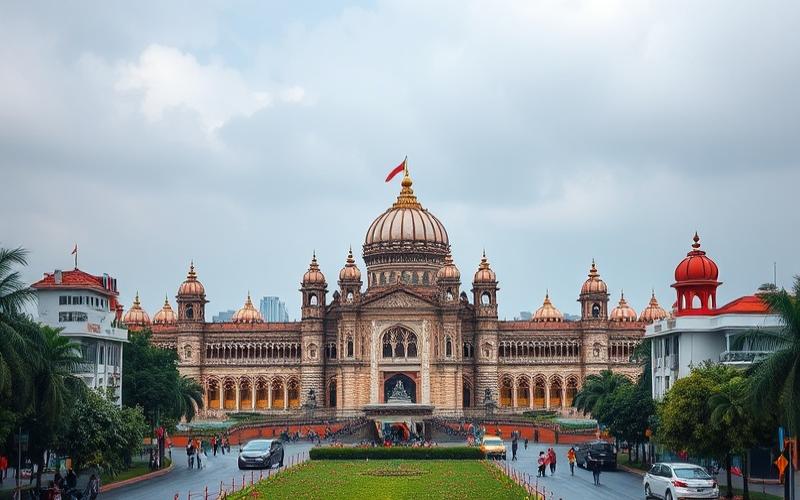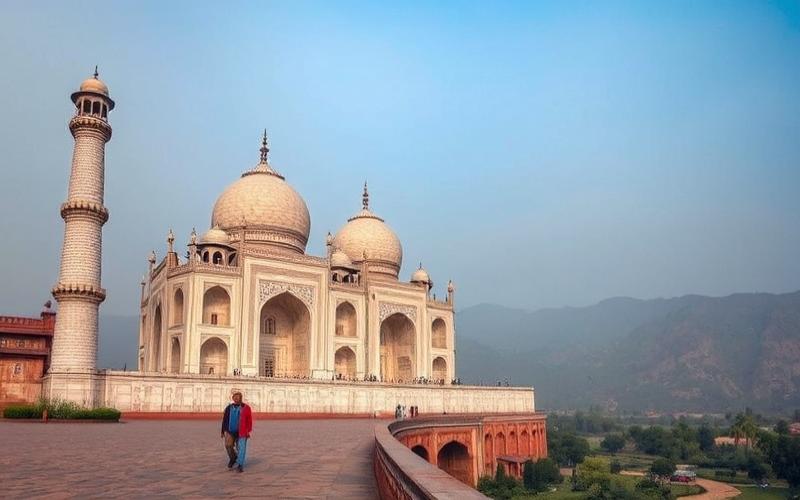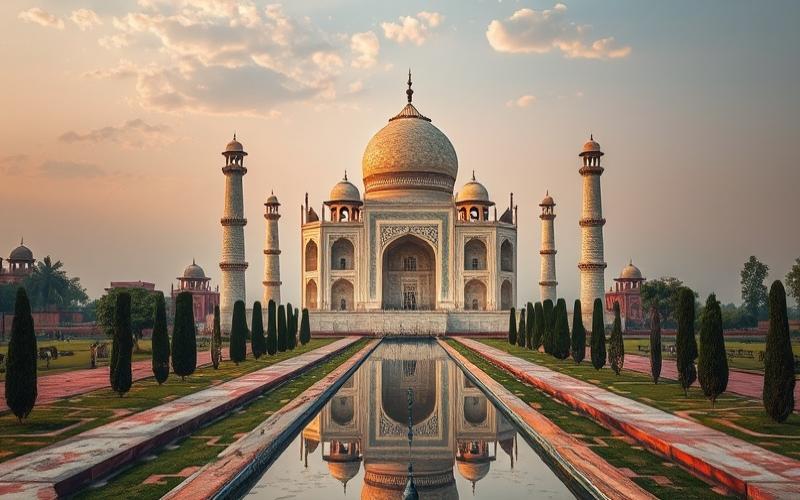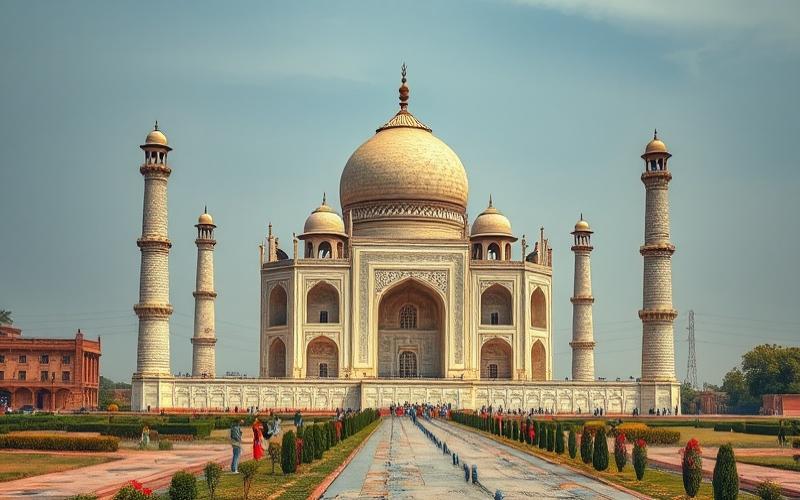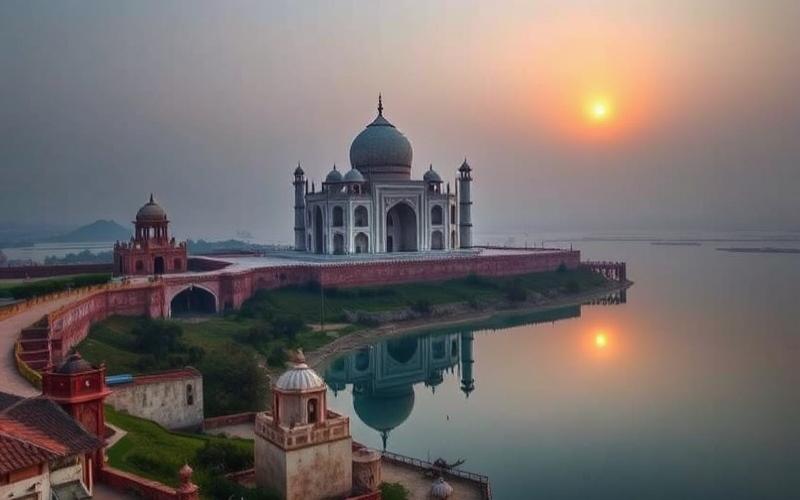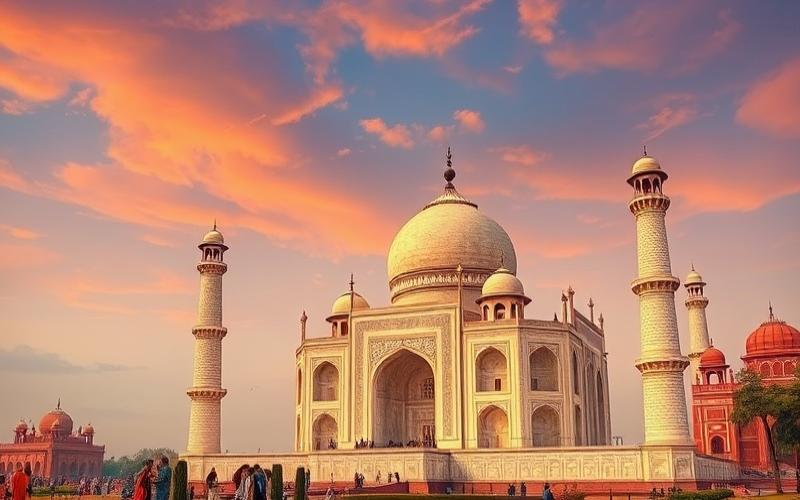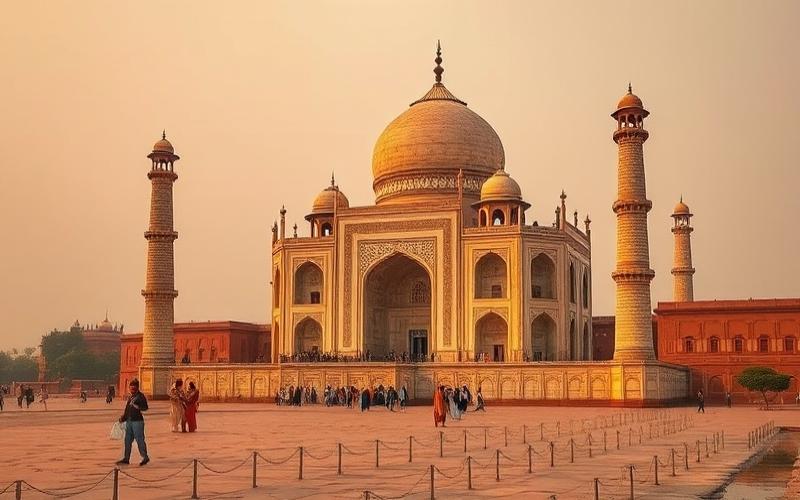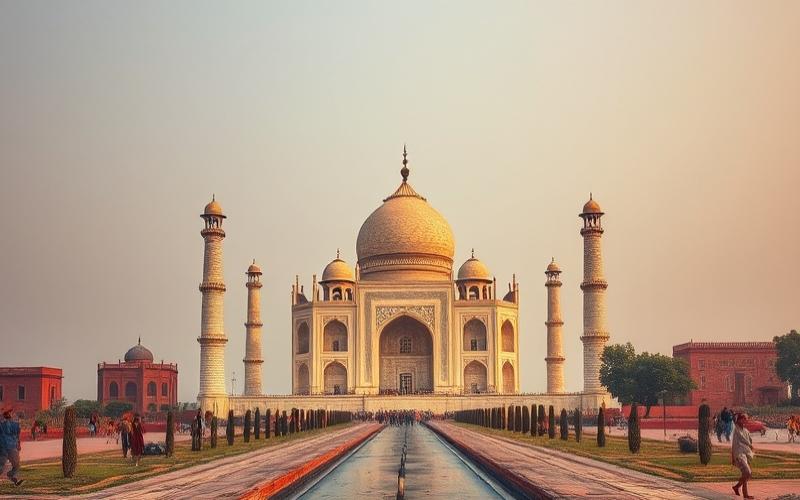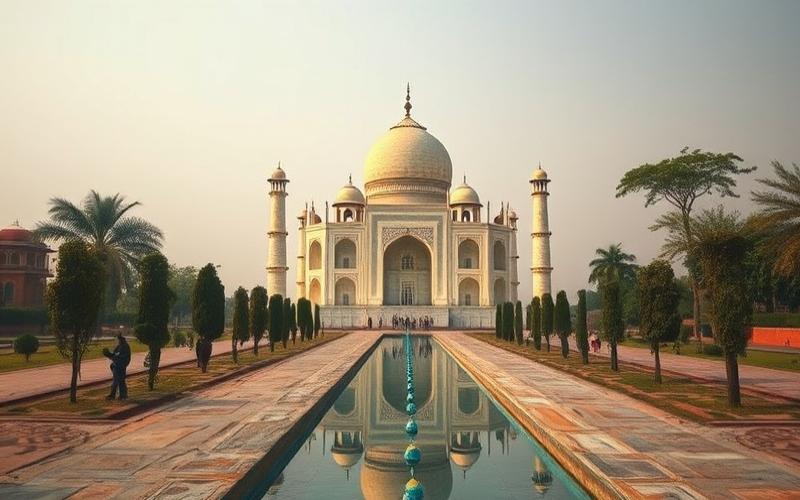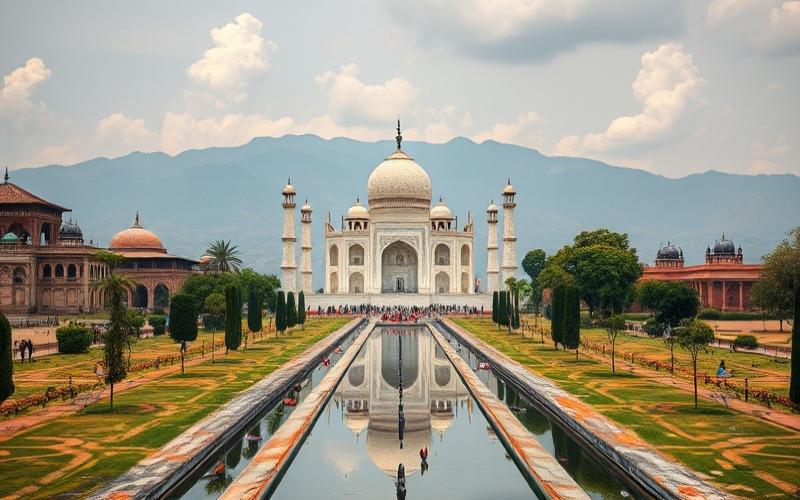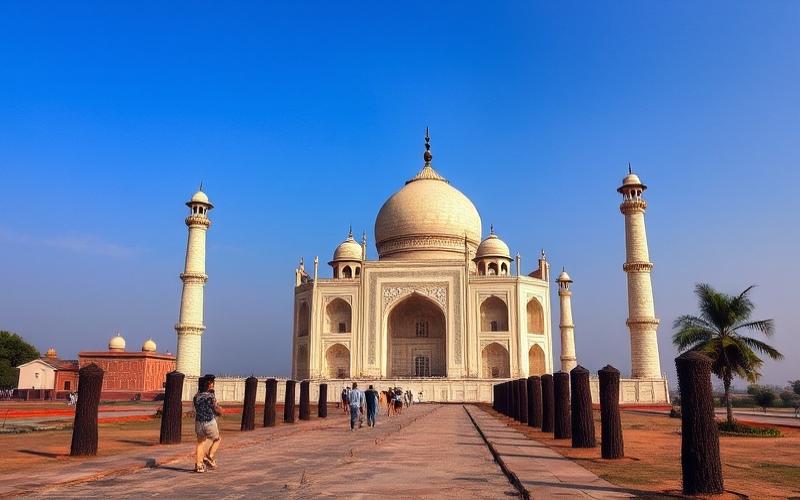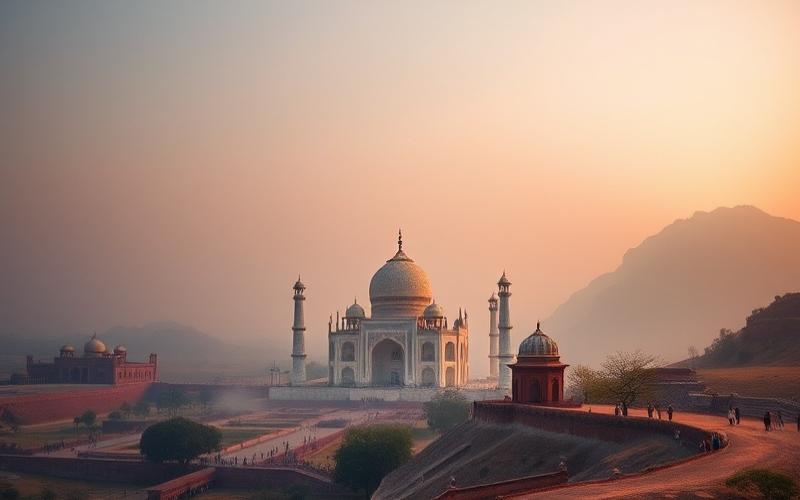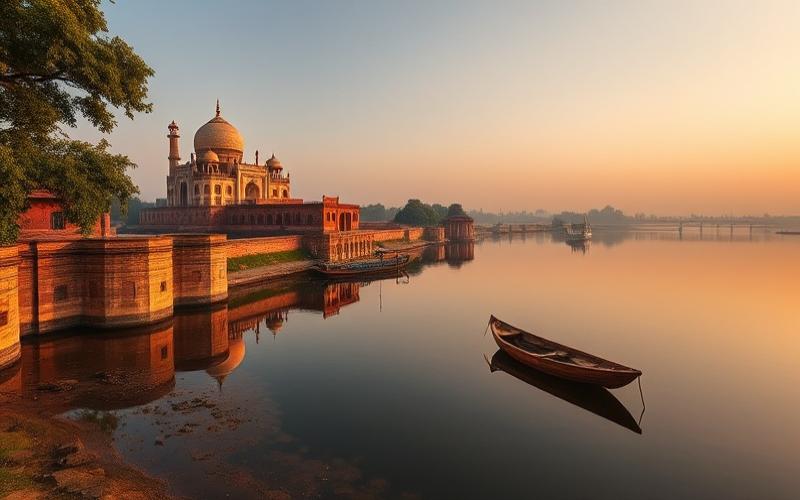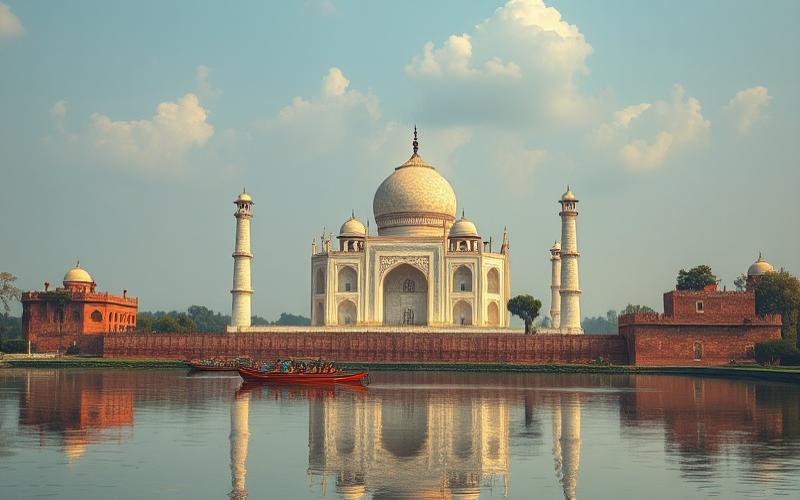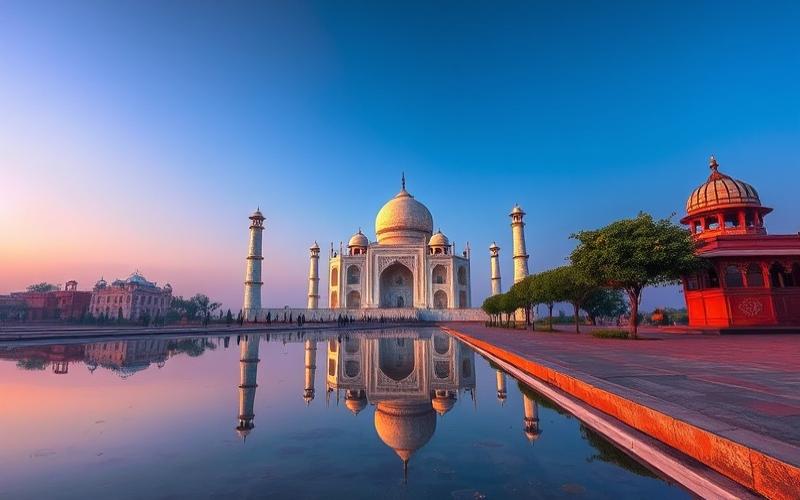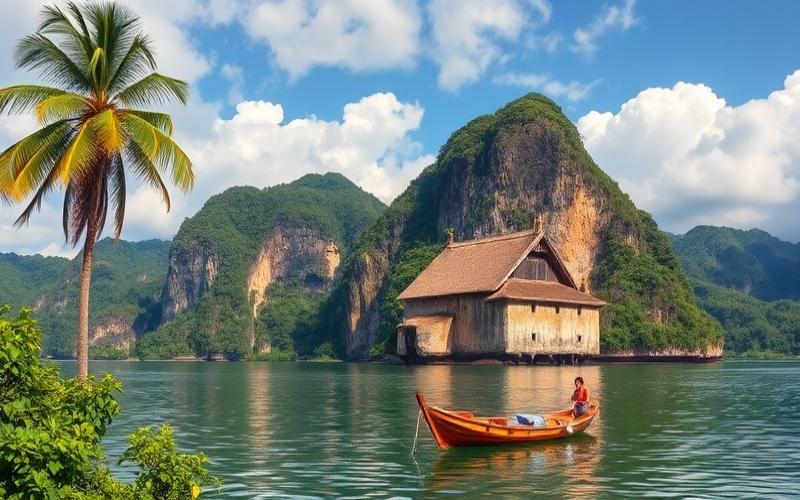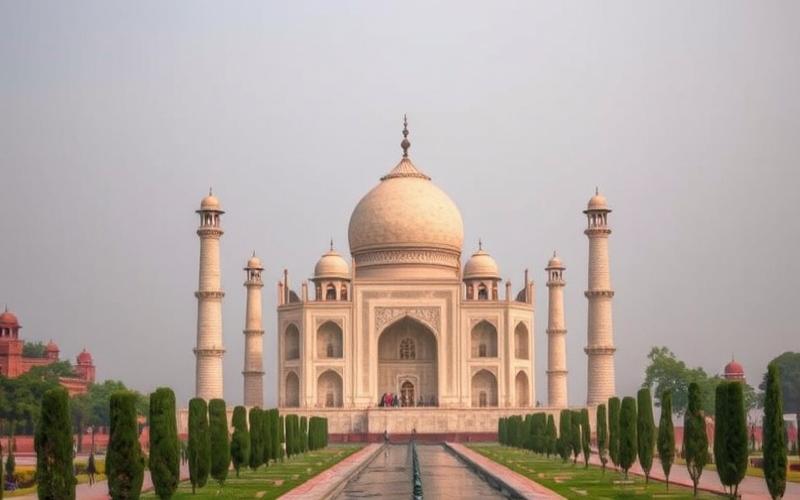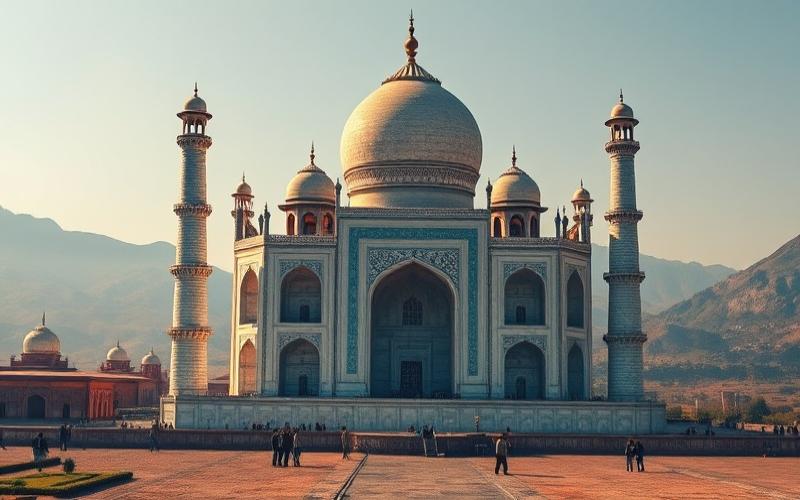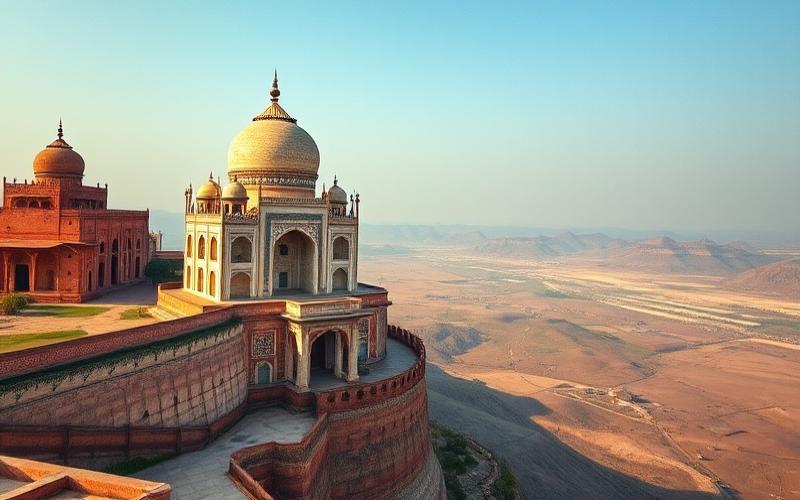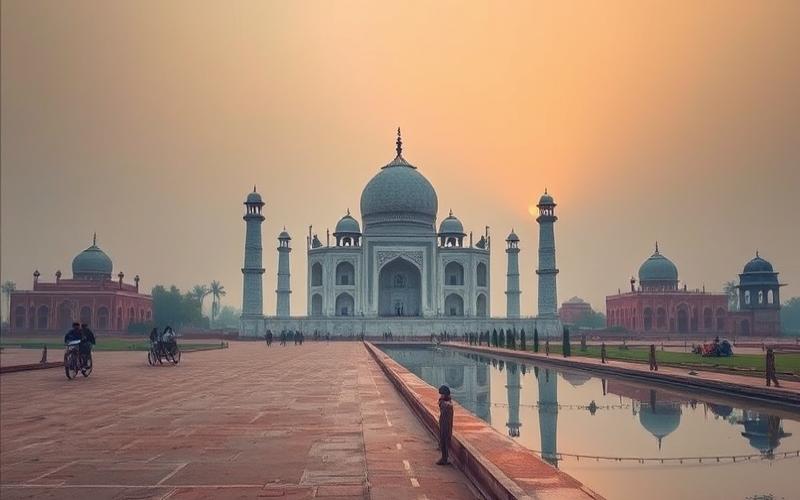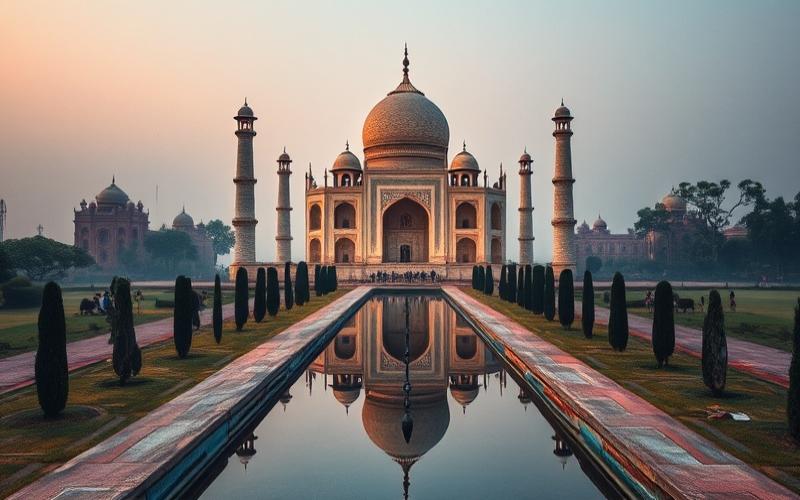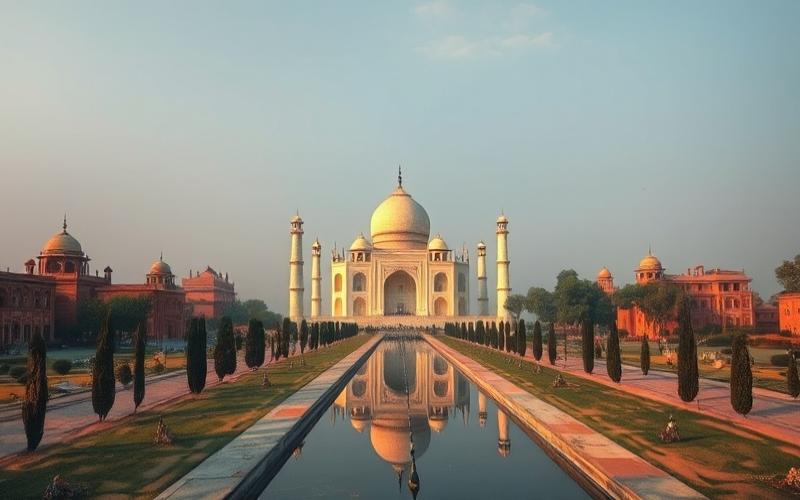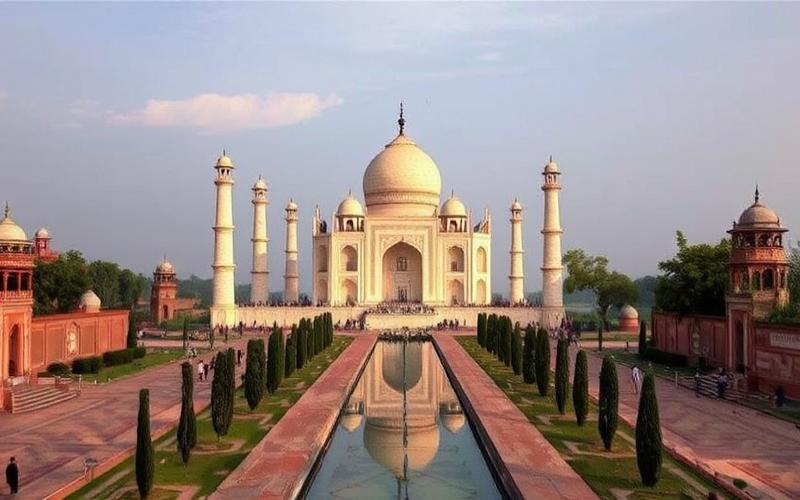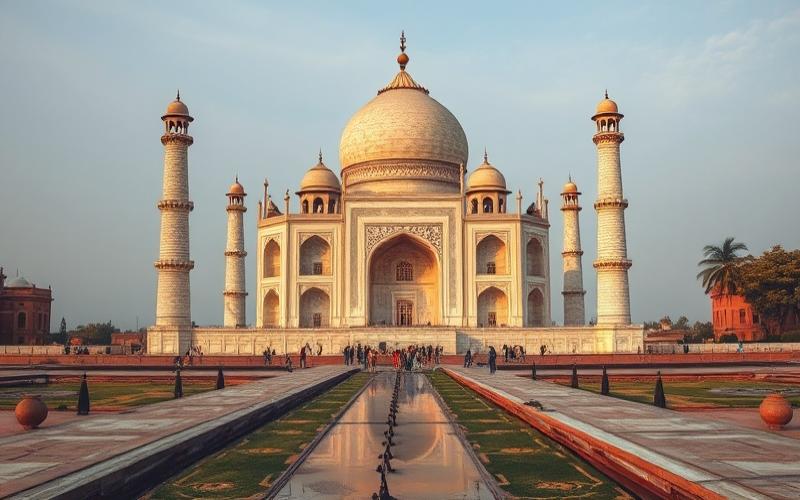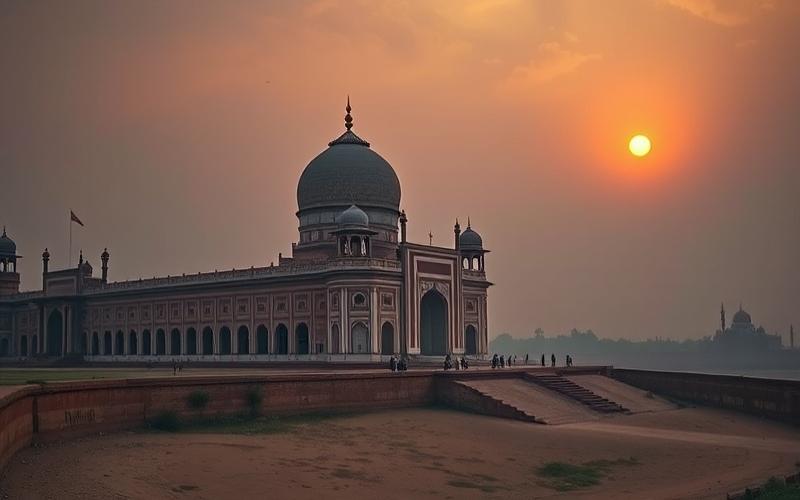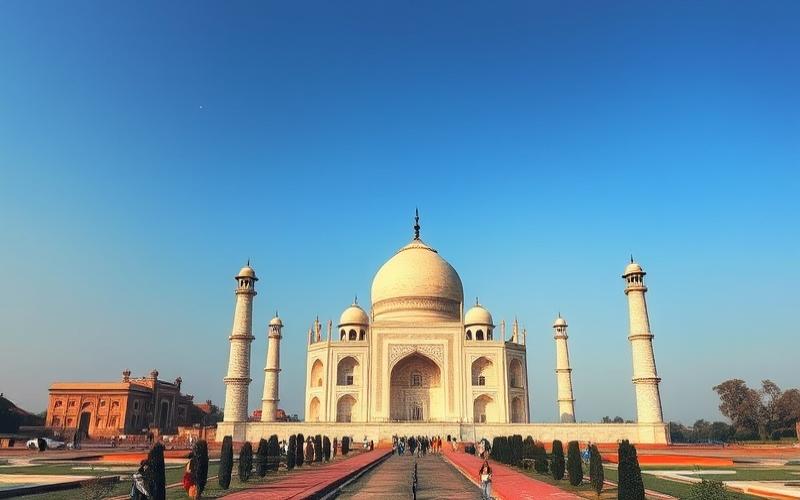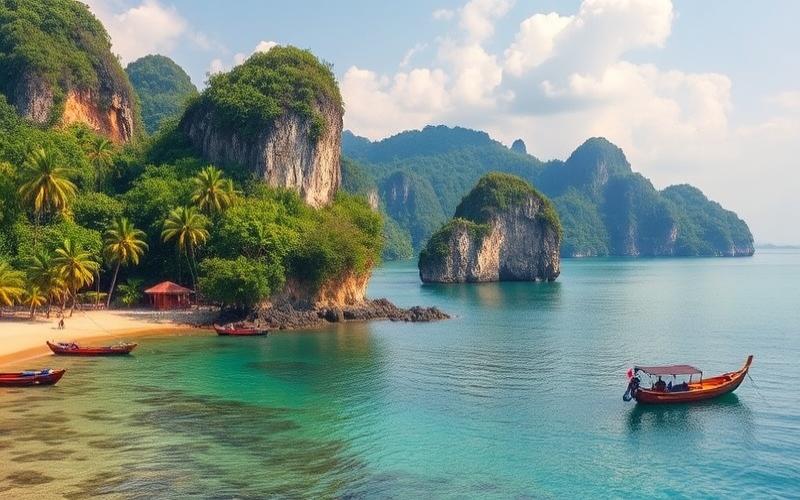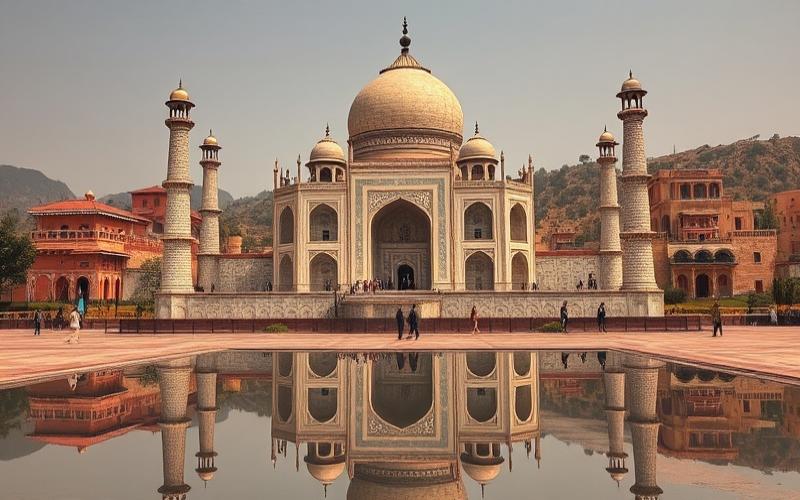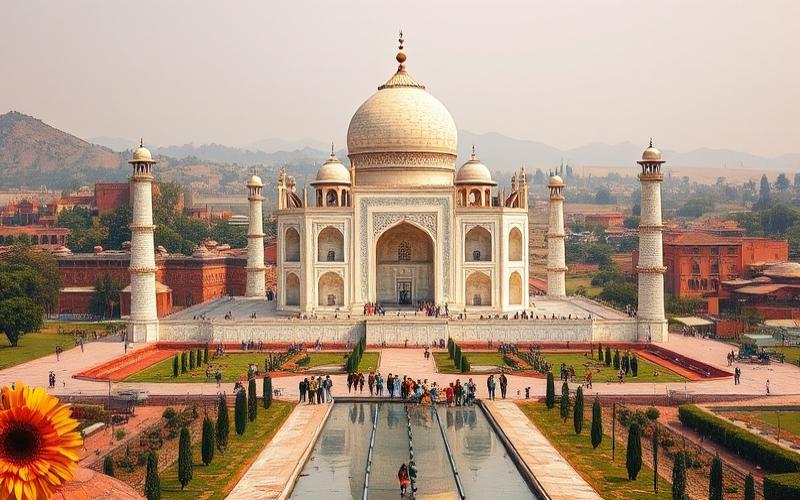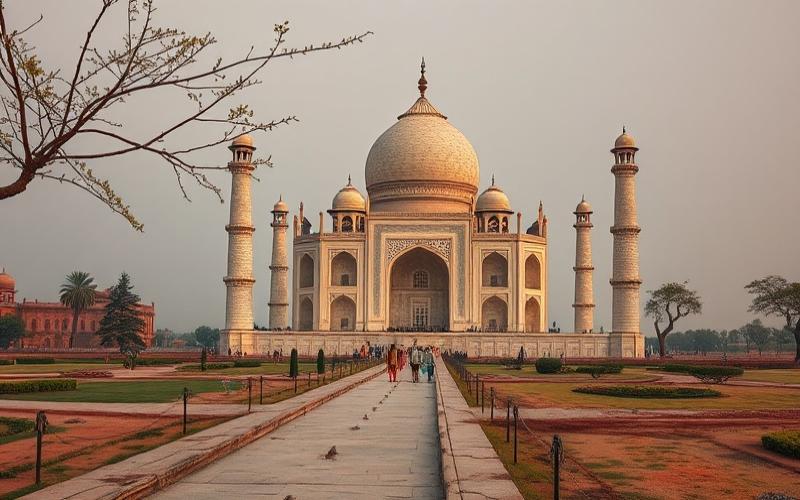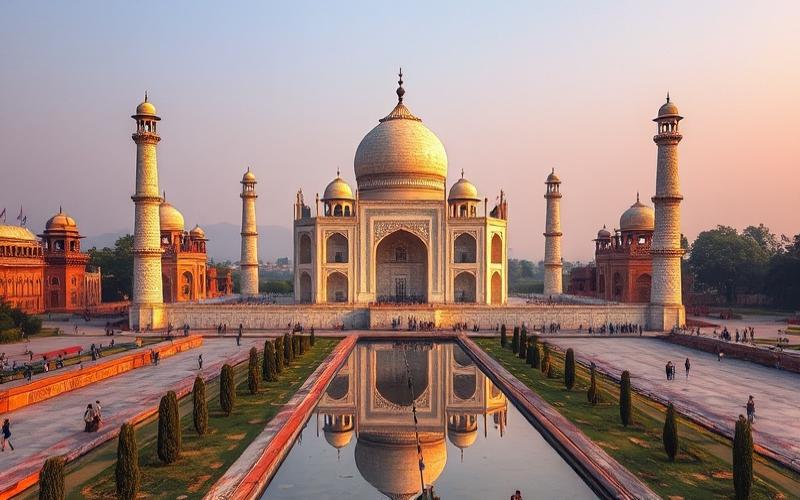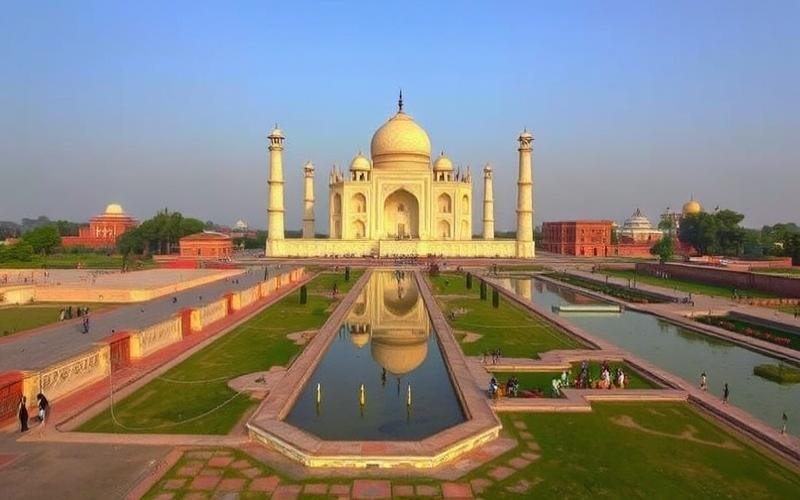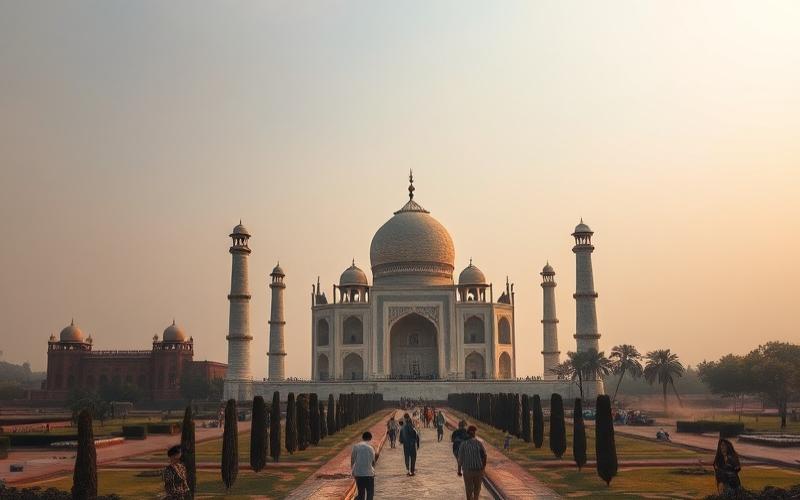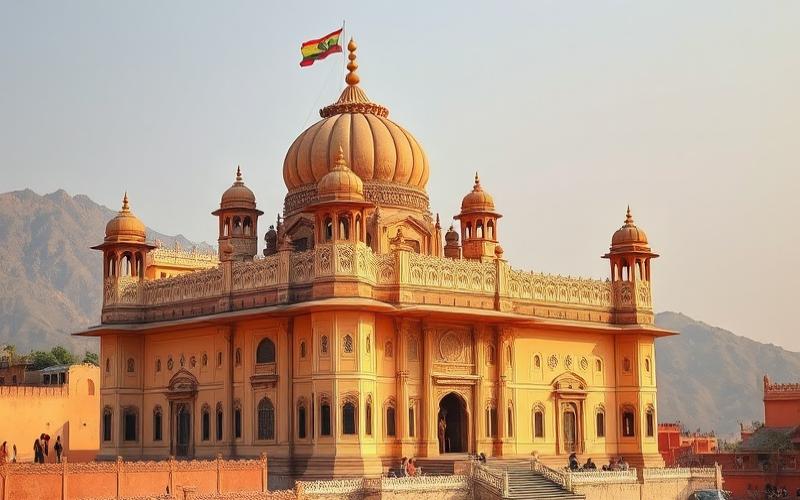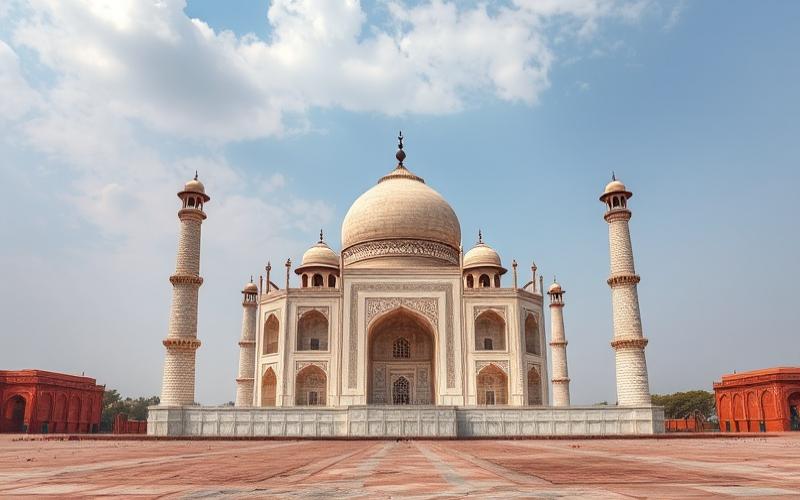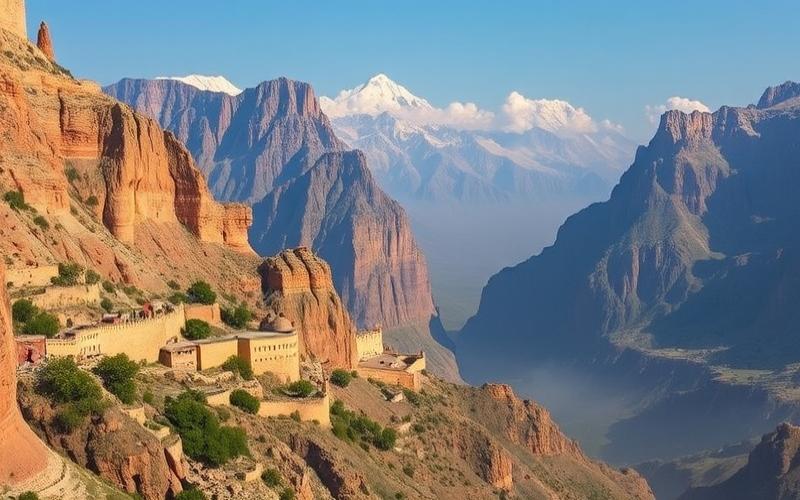
 Published on and written by Cyril Jarnias
Published on and written by Cyril Jarnias
India, a land of contrasts and rich cultural diversity, has seen its journey toward acceptance and recognition of LGBTQ+ community rights undergo significant milestones in recent years. From the decriminalization of homosexuality in 2018 to the emergence of numerous advocacy movements and support associations, the struggle for equality and inclusion continues to carve its path in an ever-evolving society.
However, despite legislative progress and increased visibility, members of the LGBTQ+ community in India face persistent challenges related to social stigma and discrimination.
This article explores the complexities of LGBTQ+ rights in India, highlighting inspiring personal stories and the social dynamics that shape their daily lives.
Legal Context of LGBTQ+ Rights in India
The struggle for LGBTQ+ rights in India is rooted in a history marked by stigma, criminalization, and recent judicial advances. The country inherited colonial laws like Section 377 of the British Penal Code, which criminalized homosexual relations and long served as a tool for harassing sexual minorities. Social recognition of third-gender individuals, particularly hijras, has existed for centuries, but their legal status remained marginalized until the late 20th century.
Key Legislative and Judicial Milestones:
| Year | Event | Impact |
|---|---|---|
| Late 19th | Criminalization of hijras under British India | Strengthened stigma |
| 2009 | Delhi High Court decriminalizes homosexuality | First major breakthrough |
| 2013 | Reinstatement of criminalization | Setback |
| 2018 | Landmark Supreme Court ruling | Final decriminalization of homosexual relations |
The September 6, 2018 judgment by a five-judge bench of the Indian Supreme Court marked a turning point: it declared any discrimination based on sexual orientation illegal, affirming that it violates the fundamental rights to equality and dignity guaranteed by the Indian Constitution.
Current Legal Protections:
- Homosexual relations between consenting adults are now legal.
- Any discrimination based on sexual orientation or gender identity constitutes a constitutional violation.
- However, there is still no access to civil marriage or related rights (adoption, inheritance), despite several appeals to Parliament and the judiciary.
- Hijras have gained official recognition as a “third gender,” with certain specific social rights.
Role of Institutions:
Judicial Institutions: The Supreme Court plays a driving role in advancing LGBTQ+ rights, sometimes compensating for the lack of political commitment. It recently opened the debate on equal marriage but left its legalization to Parliament.
Government: Often cautious or reluctant regarding LGBTQ+ demands, it still hinders certain developments (equal marriage). Parliamentary committees are currently studying these issues but without major concrete progress.
Non-Governmental Organizations (NGOs): They provide legal support to discrimination victims, advocate for greater social inclusion, and widely raise awareness about LGBTQ+ issues. Their mobilization was crucial in all major cases brought before the courts.
Current Challenges:
- Lack of access to civil marriage for same-sex couples
- Persistent discrimination in employment and access to healthcare
- Strong social stigma outside major urban centers
- Lack of inclusive education on these topics
Future Prospects:
- Awaiting Parliament’s decision on equal marriage
- Growing mobilization to expand legal protections (adoption, inheritance)
- Hope placed in gradual evolution through active civil society and ongoing judicial decisions
This context illustrates that while a historic milestone was set in 2018 with the full decriminalization of consensual adult homosexuality in India, much remains to be achieved both institutionally and socially.
Good to Know:
In India, the journey of LGBTQ+ rights is marked by legal progress and ongoing challenges. The Supreme Court’s decriminalization of homosexuality in 2018 represented a crucial step, repealing Section 377 of the Indian Penal Code that previously criminalized same-sex relations. Currently, some protections exist, such as laws prohibiting discrimination based on sexual orientation and gender identity, but their enforcement remains limited. Judicial institutions play a central role, although progress is unevenly supported by government authorities and NGOs, which advocate for legislative reforms and greater social acceptance. However, challenges persist, including the lack of official recognition for same-sex marriage and everyday discrimination. Future prospects heavily depend on political will and societal support, which could catalyze more inclusive legislative change.
Evolution of Indian LGBTQ+ Communities
The history of LGBTQ+ rights in India is marked by alternating repression and advances, from British colonialism to the historic decriminalization of homosexuality in 2018.
| Period | Major Legislative Event | Social and Legal Impact |
|---|---|---|
| Colonial | Introduction of Section 377 (1861) | Criminalization of homosexual relations, social stigma. |
| Post-independence | Retention of colonial laws | Persistent marginalization, lack of legal protection. |
| 2009 | Temporary repeal by Delhi High Court | Hope within LGBTQ+ community, partial recognition of rights. |
| 2013 | Reinstatement by Supreme Court | Return to criminalization, increased activist mobilization. |
| 2018 | Final decriminalization via Navtej Johar verdict | Official end of criminalization for consenting adults; major step for equality. |
Key Legislative Changes:
- Section 377 of the Penal Code, inherited from British law: prohibited any “unnatural” act, primarily targeting male homosexual relations.
- Historic September 2018 ruling: this section deemed “irrational, arbitrary, and manifestly unconstitutional”; full decriminalization.
- Strengthened interpretation of Article 15 of the Constitution: explicit prohibition of discrimination based on sexual orientation or gender identity.
Crucial Role of LGBTQ+ Organizations and Activists:
- Legal mobilizations led notably by Naz Foundation, Lawyers Collective, and several public figures (actors, writers).
- Community actions: annual organization of Queer Pride in Delhi since the early 2000s; educational campaigns in universities.
- Psychological support for victims via groups like Humsafar Trust or Sangama.
List of Concrete Effects:
- Increase in LGBTQ+ associations after each judicial victory.
- Growing visibility at public events (rainbow marches).
- Gradual development of safe spaces for LGBT youth in some metropolises.
Cultural and Religious Influence:
Traditional Indian culture has a complex history regarding sexual diversity. The Kamasutra explicitly mentions male/female homosexual practices. Ancient Hindu texts feature several ambiguous or transgender figures (Shiva/Ardhanarishvara).
However,
- The Laws of Manu condemn certain acts but without concrete historical evidence that these prohibitions were systematically applied.
- Modern intolerance towards homosexuality largely stems from British colonialism rather than ancient local traditions.
Religion Today:
Religious perspectives remain ambivalent, ranging
- From inclusive stances in some Hindu or Buddhist movements
- To open rejection in some conservative Muslim/Christian circles
Testimonials & Lived Experiences:
“Growing up queer in India meant constantly hiding… After the ruling, I could tell my family who I am”
— testimony collected at a Pride march
“We were beaten because we lived together… Today our neighbors greet us with respect”
— account shared with Humsafar Trust
Challenges Faced:
- Frequent family rejection
- Police violence prior to the ruling
- Professional difficulties related to coming out
Individual Successes:
- Collective creation of inclusive LGBTQ+ businesses
- Activists becoming recognized public figures (example: Prince Manvendra Singh Gohil)
Media & Artistic Evolution:
Comparative table — media representation before/after decriminalization:
| Before | After |
|---|---|
| Caricatured or invisible LGBT characters | Engaged films (“Aligarh”, “Fire”), series addressing coming out |
| Media taboo around queer marriage/relationships | Positive coverage during Pride marches; interviews with out personalities |
Effects on Public Perception:
- Notable increase in popular support after positive films/media
- Decisive influence on social acceptance among young urban generations
Synthetic List — Factors Influencing Evolution:
- Classical Indian texts valuing sexual/gender fluidity
- Sustained legal activism from the 1990s until final court victory
- Cultural mobilizations: independent queer festivals emerging since late 2000s
Good to Know:
Since the colonial period, when homosexuality was penalized under Section 377 of the Penal Code, LGBTQ+ rights in India have seen significant evolution, marked by the decriminalization of homosexuality in 2018. LGBTQ+ organizations and activists played a crucial role in this advancement, through demonstrations, awareness campaigns, and constant legal advocacy. Despite Indian cultural tradition valuing diversity, religion has often hindered acceptance of sexual and gender diversities, although some voices within these traditions support greater recognition. Personal testimonies from activists, like Harish Iyer, illustrate daily struggles and triumphs, highlighting the importance of media representation, thanks to films like “Aligarh” and digital series, which have contributed to slowly changing public perception.
Challenges for LGBTQ+ Expatriates Living in India
Indian legislation has seen notable evolution with the decriminalization of homosexuality in 2018, but it still has major gaps for LGBTQ+ expatriates: absence of official recognition for same-sex couples, prohibition of same-sex marriage, and lack of specific protections against discrimination in employment or housing access. Transgender individuals benefit from partial legal recognition but face restrictions regarding access to gender-segregated spaces and complex procedures for changing civil status.
Main Legal Challenges Encountered:
- Inability to marry or legally adopt as a same-sex couple.
- Lengthy and sometimes arbitrary administrative procedures for gender identity change.
- Incomplete legal protection against workplace or housing discrimination.
- Limited access to gender-affirming care (especially for minors).
The Indian sociocultural context can generate significant culture shock for LGBTQ+ expatriates. Social norms remain conservative: the extended family plays a central role and social pressure often pushes individuals to conceal their sexual orientation or gender identity. Testimonials reveal that some expatriates live double lives, avoiding any public display of affection with their same-sex partner for fear of social or family rejection.
Concrete Examples Reported by Expatriates:
- A French woman living in Mumbai recounts having to introduce her partner as “a close friend” at Indian family gatherings.
- An American man based in Bangalore describes how he avoids any discussion about his private life at the office to prevent rumors and professional isolation.
Daily Challenges Affect Various Essential Aspects:
| Challenge | Explanation |
|---|---|
| Housing | Difficulty renting an apartment as a same-sex couple; suspicion or outright refusal |
| Work | Absence of explicit anti-discrimination protection; risk of harassment |
| Health | Limited access to sensitized professionals; taboo around HIV/mental health |
These obstacles have a direct impact on emotional well-being: feelings of isolation, increased anxiety related to permanent secrecy, difficulty finding a safe community.
To Cope with These Difficulties, Several Strategies Are Adopted:
- Active participation in local groups such as Gaysi Family (Mumbai), Naz Foundation (Delhi), or Queerala (Kerala).
- Recourse to international networks like InterPride India Network offering psychological and legal support.
- Discreet use of dedicated social platforms facilitating exchanges among LGBTQ+ expatriates.
Useful Resources Identified by the Community:
- Private WhatsApp groups allowing anonymous discussions
- Monthly workshops on intercultural coming-out
- Inclusive professional networks focused on pay equality
Integration thus involves voluntary anchoring in these supportive networks that offer personalized guidance and reliable information on local rights.
Good to Know:
LGBTQ+ expatriates living in India face legal challenges despite the decriminalization of homosexuality in 2018, as legislation remains silent on protection against discrimination and recognition of same-sex unions. Social and family perceptions of LGBTQ+ relationships can be a major obstacle, with expatriate testimonies reporting disapproving looks or social exclusion, amplifying culture shock. Daily challenges include housing searches, often limited by landlord discrimination, and access to appropriate healthcare. Mental and emotional well-being can be affected, but expatriates find support in local networks such as LGBTQ+ groups or international forums sharing useful resources. These initiatives offer strategies to navigate society and help feel less isolated in a country where culture and norms differ significantly.
Initiatives and Support Movements for LGBTQ+ People in India
The history of LGBTQ+ movements in India is part of a long journey of struggle and visibility, marked by pioneering organizations and influential leaders.
Historical Overview:
- The first mobilizations date back to the early 1990s, notably with the creation in 1991 of Humsafar Trust in Mumbai by journalist Ashok Row Kavi.
- In 1992, the first Indian LGBT journal “Bombay Dost” was launched.
- Other major organizations emerged: Naz Foundation in Delhi, Lakshya Trust in Gujarat, Sangama in Bangalore, Sahodaran and SWAM in Chennai, or Queerala in Kerala. These associations provide a safe space for LGBTQ+ individuals, often deprived of traditional family support.
- The first Indian Pride (Friendship Walk) took place in 1999 in Kolkata with about fifteen participants. This movement later inspired other marches across the country.
| Pioneering Organization | Year | City | Notable Action |
|---|---|---|---|
| Humsafar Trust | 1991 | Mumbai | Social & medical support |
| Bombay Dost | 1992 | Mumbai | First LGBT journal |
| Naz Foundation | 1990s | Delhi | HIV/AIDS fight |
| Sangama | 1990s | Bangalore | Transgender rights |
Influential Leaders:
- Ashok Row Kavi (Humsafar Trust)
- Keshav Suri (Kitty Su Club)
- Dutee Chand, national athlete who publicly acknowledged her homosexuality
Recent Initiatives Post-Decriminalization (after September 2018):
Since the historic ruling decriminalizing homosexuality in India:
- Proliferation of venues open to sexual minorities like the Kitty Su clubs founded by Keshav Suri. These spaces welcome all diversities including persons with disabilities or attack victims.
- Creation of the first “LGBTQ Job Fair” in Bangalore organized by Pride Circle; followed by Vividh Job Fair in Mumbai promoting inclusive professional integration.
- Spread of community and festive events (pride marches in all major cities).
Educational Programs and Awareness Campaigns:
- School workshops on sexual diversity conducted locally by Naz Foundation or Queerala.
List of Concrete Initiatives:
- HIV/AIDS awareness among marginalized populations
- Free psychological sessions for LGBTQ+ youth
- Digital platforms for anonymous testimonials
- Medical guides adapted to specific needs
Example:
“Since I met the Sahodaran group in Chennai, I’ve been able to speak freely without fearing stigma,” testifies Arun Kumar during a mental health workshop.
Impact on Indian Society
The combined effects of these initiatives manifest as follows:
List of Major Impacts:
- Gradual change in public opinion thanks to media and cinema (Fire, Ek Ladki Ko Dekha To Aisa Laga)
- Regular appearance of public figures acknowledging their orientation
- Local or regional adoption of inclusive policies in some companies and universities
- Facilitated access to specialized medical care via some urban hospitals
Synthetic Table – Post-Decriminalization Evolution:
| Aspect | Before 2018 | After Decriminalization |
|---|---|---|
| Visibility | Very limited | Growing |
| Service Access | Stigmatized | More inclusive |
| Public Policies | Absent | Debates & local projects |
Despite these notable advances, much remains to be done against systemic discrimination; but a real influence on mentalities is observed along with acceleration toward greater legal equality.
Good to Know:
Since the founding of Humsafar Trust in 1994 by Ashok Row Kavi, a pioneer of LGBTQ+ rights in India, the country has seen numerous initiatives and movements emerge aimed at promoting the visibility and rights of this community. After the decriminalization of homosexuality in 2018, initiatives multiplied with educational programs, like those of Sahodaran in Chennai, which conduct awareness campaigns and provide psychological support. Campaigns like #queeringtheair on social media encourage public dialogue, while organizations like Naz Foundation open discussion spaces on rights and health. These efforts have gradually influenced mentalities, contributing to greater social inclusion and pushing new discussions on public policies favoring equal rights.
Disclaimer: The information provided on this website is for informational purposes only and does not constitute financial, legal, or professional advice. We encourage you to consult qualified experts before making any investment, real estate, or expatriation decisions. Although we strive to maintain up-to-date and accurate information, we do not guarantee the completeness, accuracy, or timeliness of the proposed content. As investment and expatriation involve risks, we disclaim any liability for potential losses or damages arising from the use of this site. Your use of this site confirms your acceptance of these terms and your understanding of the associated risks.

